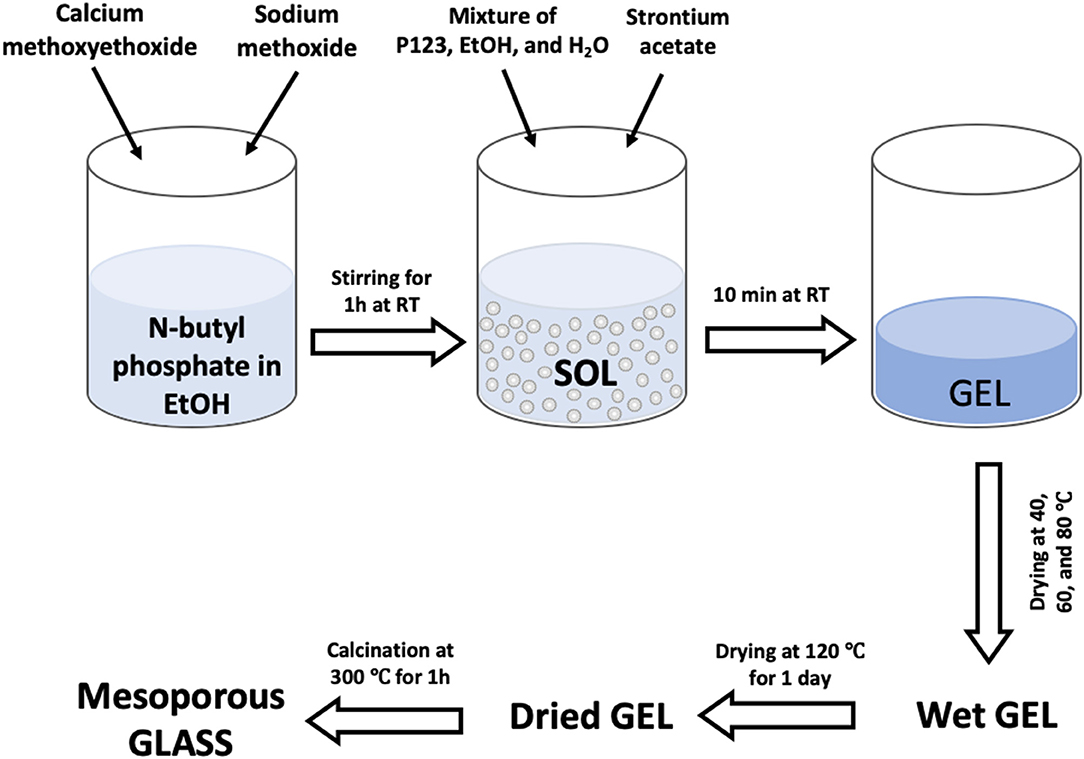Contents

Source: MDPI
Understanding Phosphate Glasses in Laser Technology
Introduction to Phosphate Glasses
Phosphate glasses are a unique type of glass material primarily based on phosphorus pentoxide (P2O5). By incorporating various chemical components, these glasses become highly suitable for specific applications, particularly in the field of laser technology. Their ability to dissolve rare earth ions such as erbium (Er3+), ytterbium (Yb3+), and neodymium (Nd3+) makes them an excellent choice for laser gain media.
Advantages of Phosphate Glasses
High Solubility for Rare Earth Ions
One of the standout features of phosphate glasses is their high solubility for rare earth ions. This property allows for the incorporation of high concentrations of laser-active ions without causing clustering or quenching effects, which can degrade performance. For instance, erbium-doped fibers made from phosphate glasses can achieve much higher doping concentrations compared to silica fibers, facilitating the development of compact fiber lasers and amplifiers.
Favorable Optical Properties
Phosphate glasses exhibit a spectral range with high optical transmission from approximately 0.4 μm to 2 μm. While this range is narrower than that of silica glasses, the transition cross-sections and upper-state lifetimes of rare earth ions in phosphate glasses are often advantageous, making them suitable for fiber amplifiers with a broad gain bandwidth.
Thermal and Mechanical Characteristics
These glasses have a low glass transition temperature, typically below 400°C, which means that phosphate fiber ends can melt easily under high-power conditions. As a result, special care is necessary during pump injection to prevent damage. Additionally, phosphate glasses have a lower optical damage threshold and thermal conductivity compared to silica glasses.
Negative Opto-Thermal Coefficient
Phosphate glasses possess a negative opto-thermal coefficient, contrasting with many other gain media. This characteristic results in negative (defocusing) thermal contributions, while stress and bulging effects cause positive (focusing) effects. Overall, thermal lensing in phosphate glasses tends to be weak.
Low Nonlinear Index
The nonlinear index of phosphate glasses is significantly lower than that of silica glasses, nearly three times lower, which can be beneficial in certain optical applications where minimizing nonlinear effects is crucial.
Challenges and Considerations
Fusion Splicing with Silica Fibers
Combining phosphate and silica fibers in a single device can pose challenges due to the difficulty in fusion splicing these materials. This is primarily due to their differing glass transition temperatures, which require specialized techniques to achieve effective splicing.
Development of Hybrid Glasses
Researchers have explored mixtures of phosphate and fluoride glasses, known as fluorophosphate glasses, as well as phosphosilicate and aluminophosphate glasses. These hybrid glasses are also used in laser gain media, offering potential advantages by combining the properties of different glass types.
Conclusion
Phosphate glasses offer numerous advantages for laser technology, particularly due to their high solubility for rare earth ions and favorable optical properties. However, they also present challenges, such as their low optical damage threshold and difficulties in fusion splicing with silica fibers. As research continues, hybrid glasses and advanced fabrication techniques may further enhance their applications in the field.


Source: Frontiers
Feel free to comment your thoughts.



